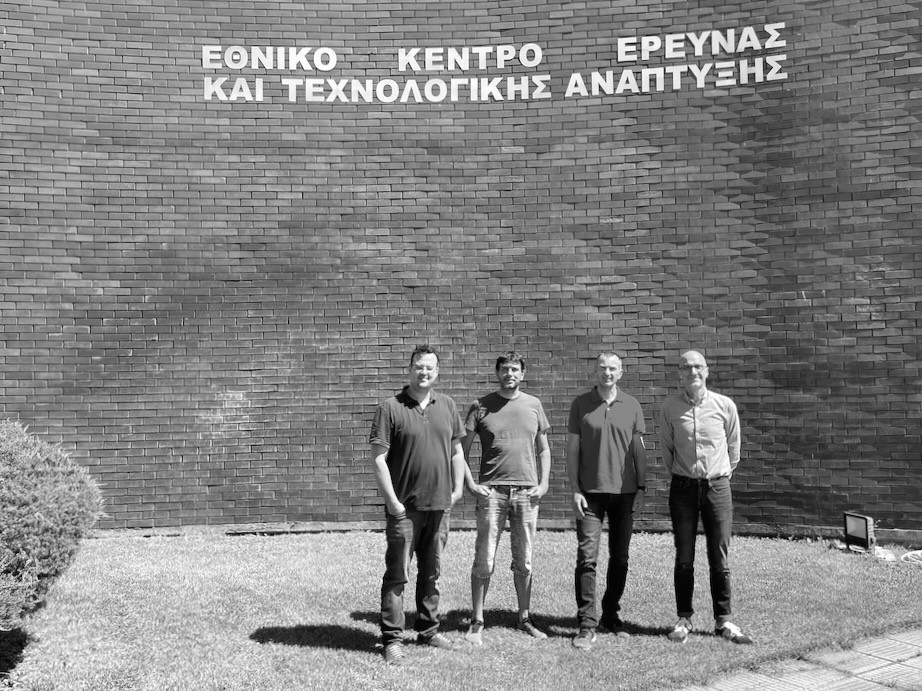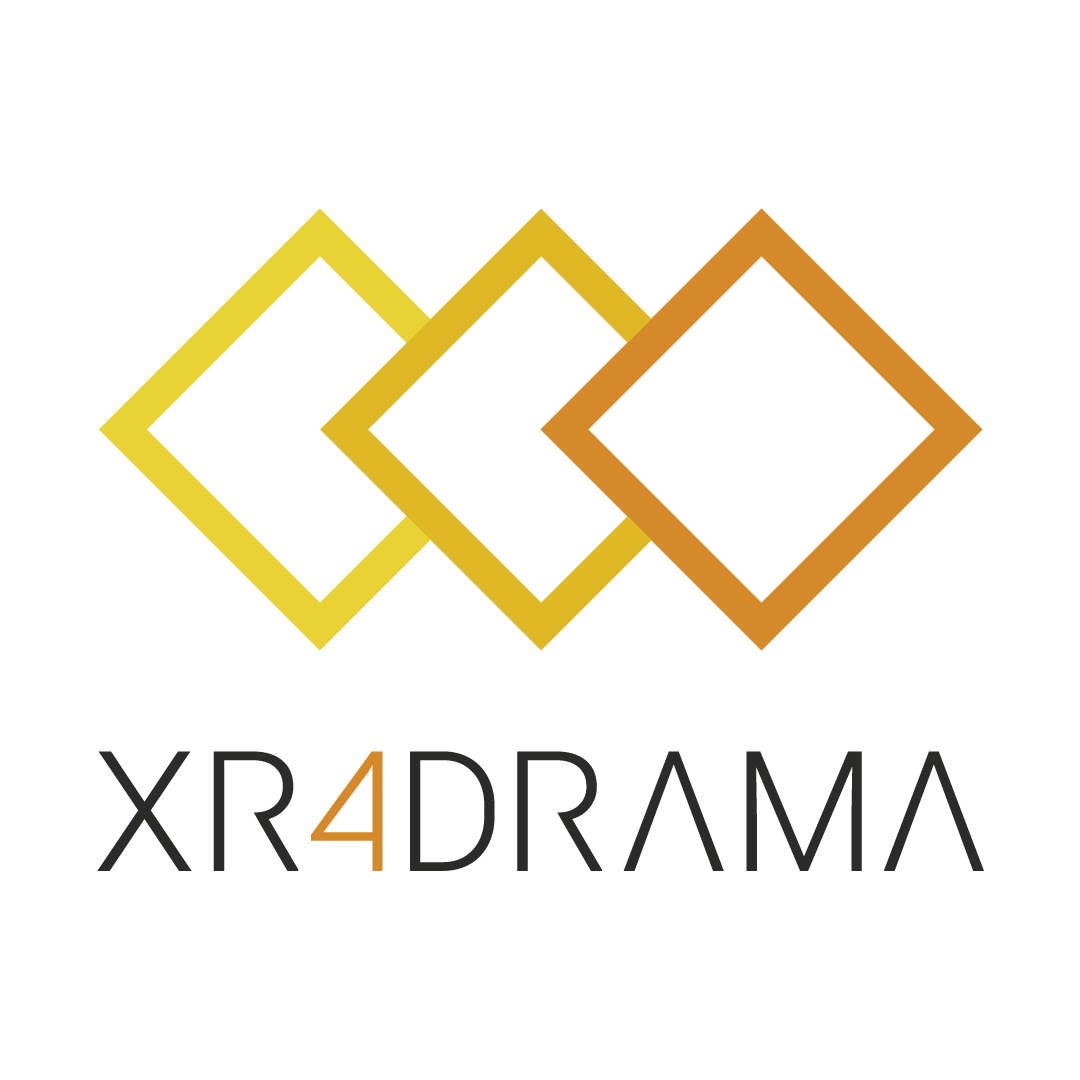
In this series of blog interviews, we further introduce the people and organizations behind XR4DRAMA by asking them about their work and their particular interest in the project. Our second interview partner is Dr Sotiris Diplaris of ITI/CERTH, the Information Technology Institute at one of Greece’s (and Europe’s) leading research centres.
1) When did you first get in touch with the concept of situation awareness and XR technology?
It’s hard to say when exactly, but we’ve worked on SA- and XR-related projects for quite a while now. For instance, there was beAWARE, which focused on decision making in emergency situations and also featured AAWA as a partner in disaster management. beAWARE led to the idea of employing XR tech for real-time situation monitoring and collaboration between field teams and control room staff. But we’ve also had several talks with DW, who told us that media professionals would really benefit from having detailed, immersive models of a filming location – before going there with a production team. As for XR tech, we’ve explored that in projects like MindSpaces, SO-CLOSE, and V4Design (the latter also together with DW).
2) Who is in your team – and what are your colleagues working on at the moment?
Dr Stefanos Vrochidis does overall coordination. He’s the head of M4D; that’s the Multimodal Data Fusion and Analytics Group of the Multimedia Knowledge and Social Media Analytics Lab (MKLab) of ITI-CERTH. Stefanos leads a project management team that consists of three more people: Dr. Anastasios Karakostas supports the coordination of XR4DRAMA by supervising research activities and use cases. Spyridon Symeonidis conducts the daily technical management and the implementation of the web data collection mechanisms. As for me, my duties are the scientific and technical management of XR4DRAMA. Finally, there’s Dr. Ioannis Kompatsiaris. As head of MKLab, he’s involved in the high level supervision of the project.

3) From your point of view: What are the most interesting aspects about XR4DRAMA?
The most exciting part of this project is that we use several technologies to improve areas of work and life that are really important and depend on situation awareness and decision making. Hopefully, we’ll be able to show how realistic VR or semantically enriched AR representations of environments can improve the way professionals work together. The concepts and applications we’re developing will add a whole new dimension to workflows that has never been explored before.
4) What could be a challenge for the consortium?
The main challenge lies in combining all kinds of data sources and technologies that usually belong to different research fields. We have multimedia web content, drones and satellites, and sensors that enrich our repositories with environmental and physiological information. There’s analysis on a text, audio, video and sensor level, and interlinked results created via semantic technologies. 3D reconstruction techniques generate the elements of immersive environments while geographic information systems (GIS) are used to properly place the content in 3D space. It’s easy to understand that it won’t be trivial to make optimal use of all these components. At the same time, our designated users will only benefit if we put it all together really well.
5) When the project is over in late 2022, what kind of outcome do you expect?
We hope that the end result of XR4DRAMA will be a complete set of XR software that has been evaluated in two real world use cases, namely disaster management and media production planning. The infrastructure we have will be versatile and suitable for other scenarios and domains. Front-end tools will include a desktop and a mobile application as well as an AR and VR environment. We’ll equip professionals with a powerful solution that makes their work easier and safer. And of course, depending on the use case, the impact of XR4DRAMA may go well beyond professionals in the field: For example in the event of a flood, better decision making and disaster management will have positive effects for all people in an affected community.
Dear Sotiris, thank you for you time!
Our next interview partner will be Nicolaus Heise of DW.
